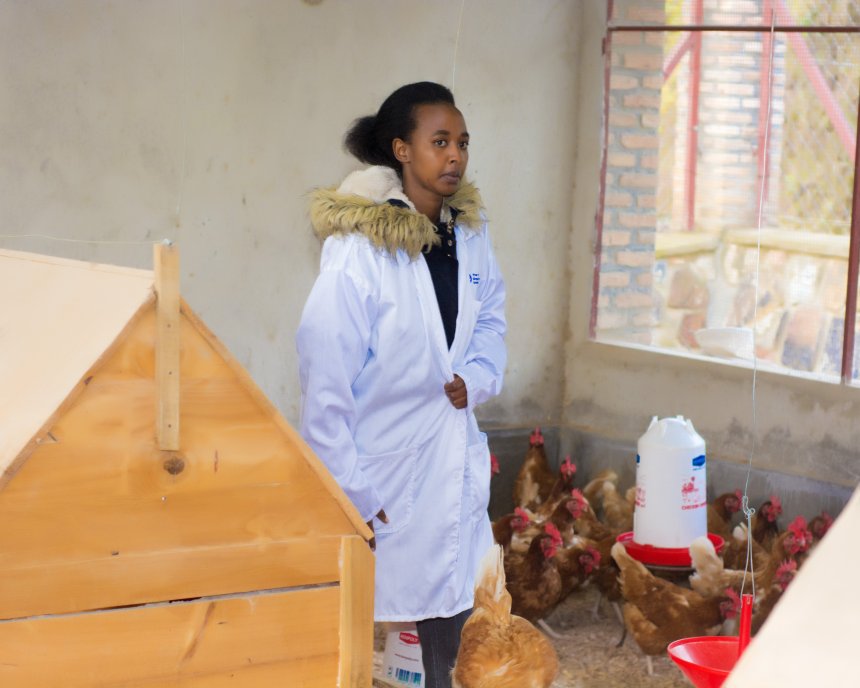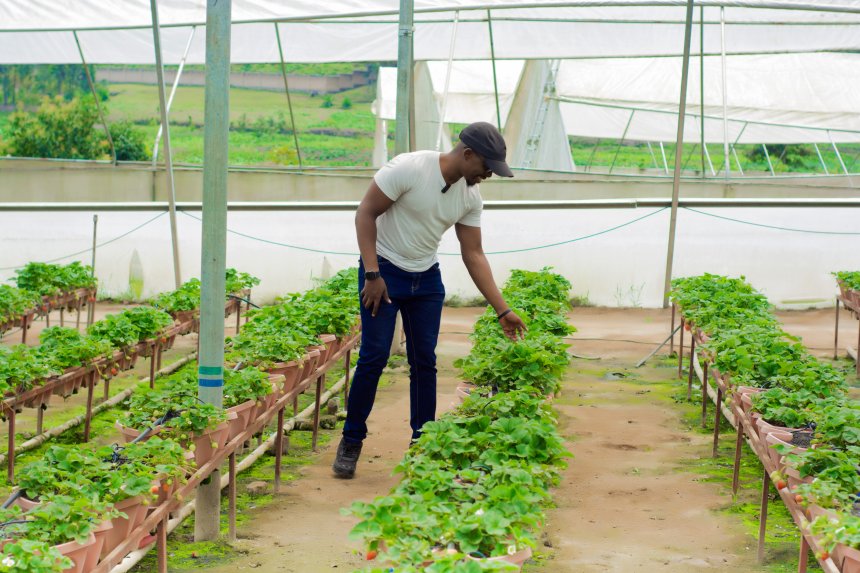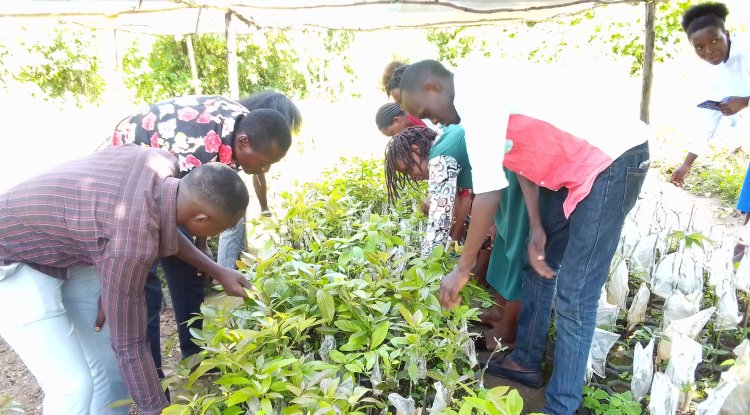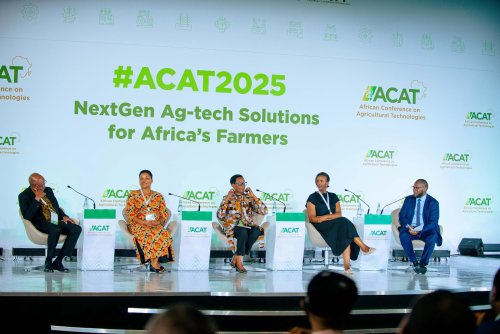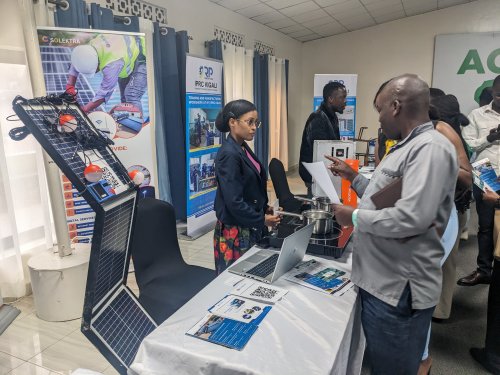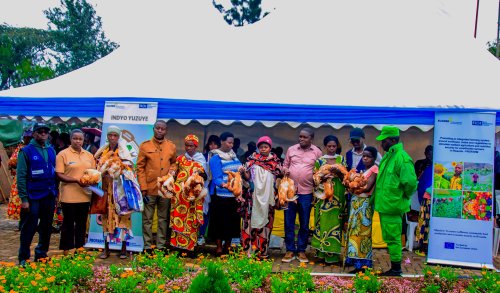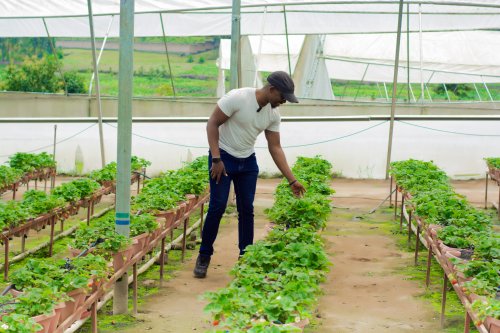Soil-Based Farming Yields Impressive Results
Farmers who have started implementing a new land testing initiative by the Rwanda Agriculture and Animal Resources Development Board (RAB) say it is helping them better match fertilizers to their soil type, significantly increasing yields compared to previous years.
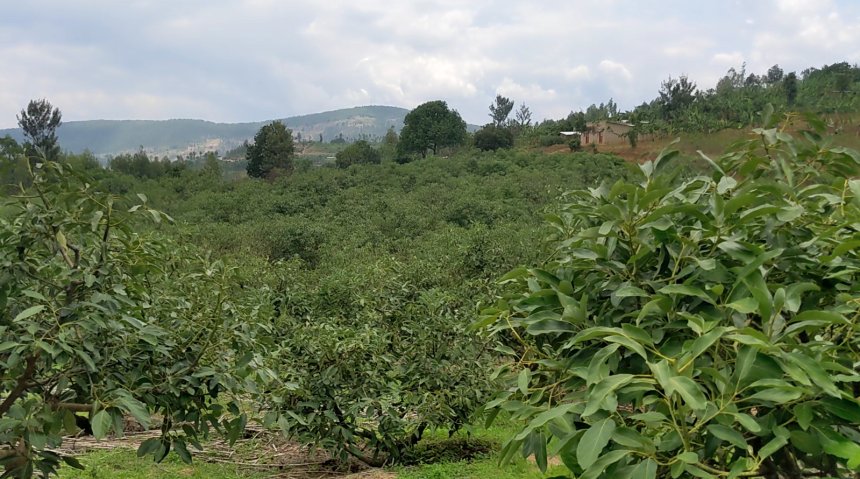
For many years, farmers in Rwanda have grown crops they were accustomed to, without considering what their soil was best suited for. Now, RAB has launched a program to analyze soil characteristics known as soil profiling including pH levels and matching land types with the appropriate fertilizers.
Jean Bosco Nshimiyimana, a farmer in Gasabo District who tested his soil, says the program transformed his approach to farming:
“We were used to buying fertilizer at the market randomly, and sometimes we’d apply it to land that rejected it. But now, RAB helped me test my soil, and they provided me with lime and fertilizer that matched it my maize yield increased significantly.”
Another farmer, Jean Kelvin Ishimwe from Musanze District, says: “I was told my land was fertile, but I never acted on it. After testing, I was advised to grow potatoes and vegetables. The seeds and fertilizer I received helped us harvest more than double what we used to produce.”
Dr. Florence Uwamahoro, Deputy Director General of Agriculture at RAB, says the goal of the initiative is to support knowledge-based agriculture in Rwanda.
“To date, over 6,900 soil samples have been analyzed across the country, and research is ongoing to understand the soil profile in all regions of Rwanda,” she said.
Dr. Uwamahoro encouraged farmers with large plots or special farming plans to approach RAB for assistance in soil testing. She added:
“Sometimes farmers choose crops unsuitable for their land, leading to poor yields. Anyone wanting to farm properly is welcome we explain the process and benefits of soil testing.”
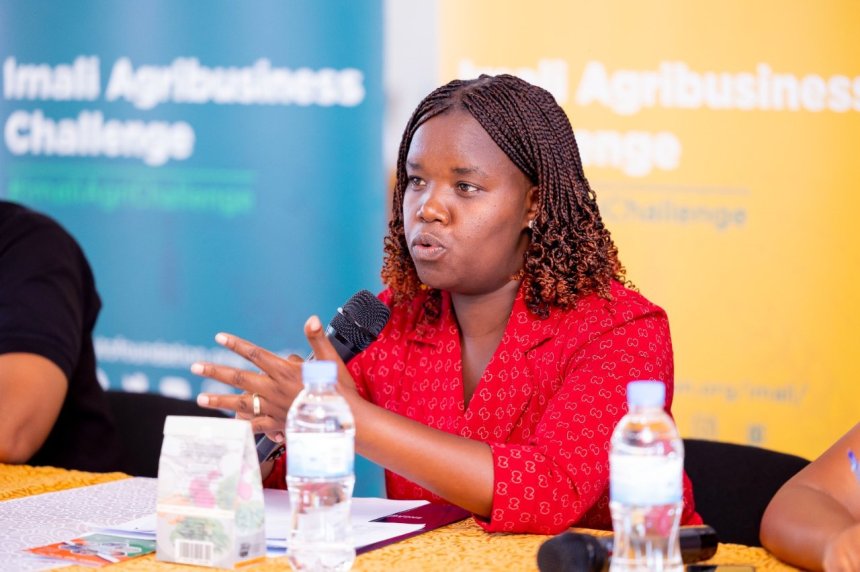 Dr. Florence Uwamahoro, Deputy Director General of Agriculture at RAB
Dr. Florence Uwamahoro, Deputy Director General of Agriculture at RAB
According to 2024 data from Rwanda’s National Institute of Statistics (NISR), the country has 2.376 million hectares of cultivable land. Of this, 1.35 million hectares or 57% of Rwanda’s total land area are used for agriculture. Among these, 987,000 hectares are for seasonal crops, 513,000 hectares for perennial crops, and 116,000 hectares are currently under construction use.

